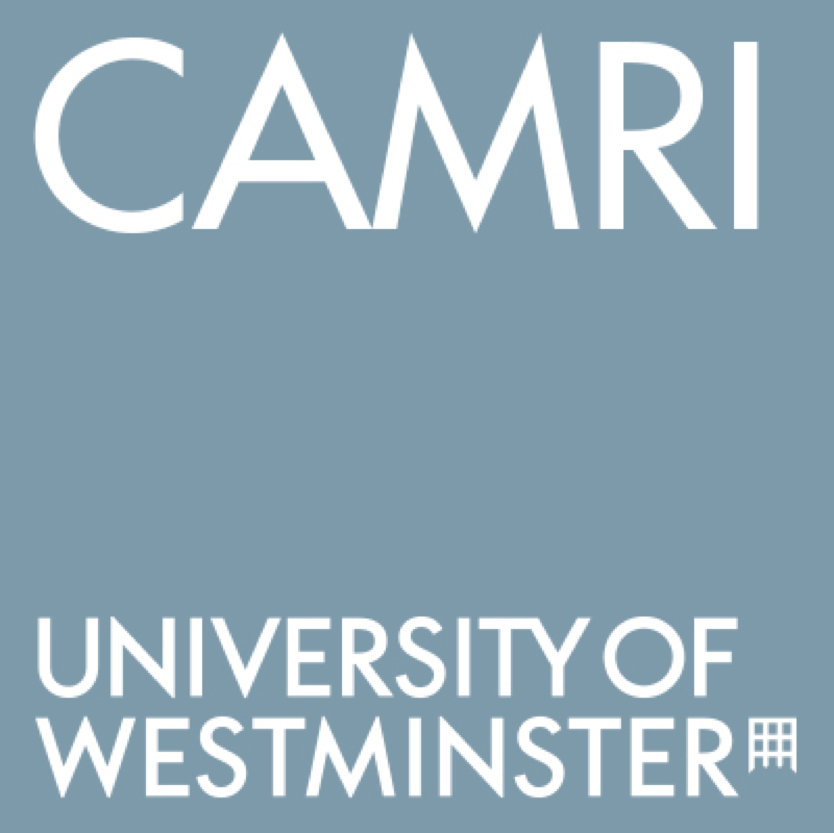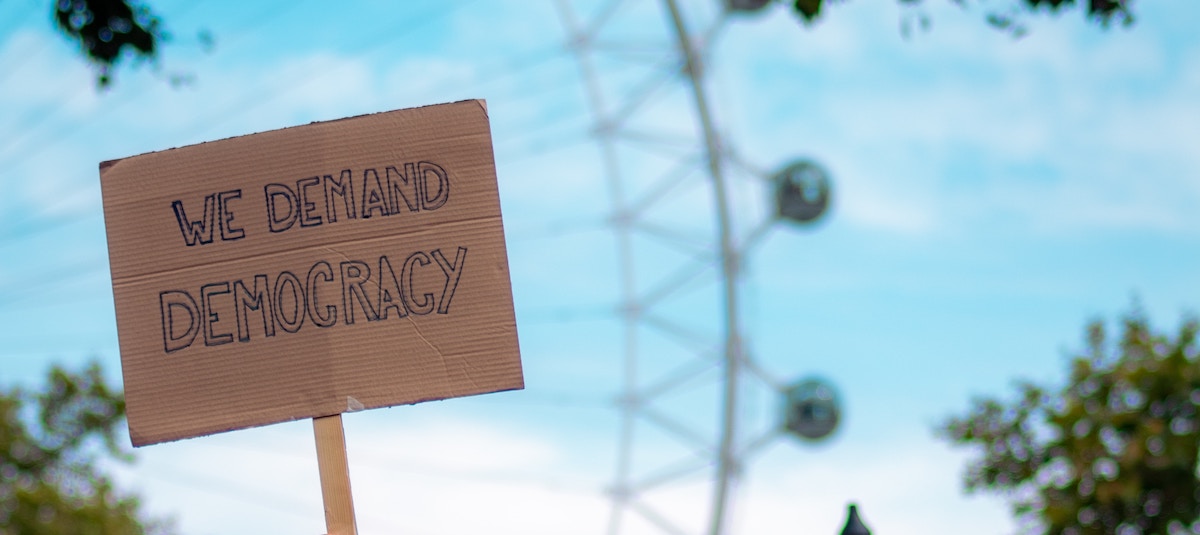Drawing on one hundred interviews with activists, this article examines the relationship between livestreaming and the democratic cultures of the 15M and Occupy movements. The article investigates how the technical affordances of livestreaming – immediacy, rawness, liveness and embedded/embodied perspective – connect with the movements’ understandings of how democracy should be practiced, specifically in terms of political equality, participation and transparency. Our findings identify four sources of tension in the relationship between livestreaming and democratic cultures. Firstly, the use of livestreaming was associated with a radical interpretation of transparency as near-total visibility, which gave rise to tensions around self-surveillance. Secondly, the information overload created through the practice of radical transparency was in tension with the movement’s accountability processes. Thirdly, live streamers attempted to offer an unvarnished access to truth by providing unedited and raw video from the streets. Yet their embodied and subjective first-person perspective was associated with tensions around their power to shape the broadcast. Finally, while livestreaming was used to facilitate equal participation in the movement, participation through the livestream took the meaning of equal access to the experience of the squares, rather than equal power in the decision-making process. Our research reveals that despite the national particularities of the contexts in which they arose, Occupy and the 15M were extremely similar in their interpretations and practices of livestreaming and democracy.
Live democracy and its tensions: making sense of livestreaming in the 15M and Occupy
KEYWORDS: Social movements, digital media, livestreaming, democracy, Occupy, Indignados, 15M, political culture
.
Details
Author
Date
15 July 2019
Research Area
Published By
Information, Communication & Society












